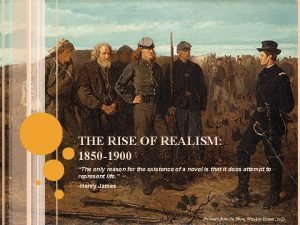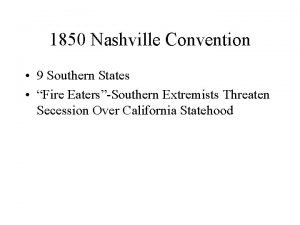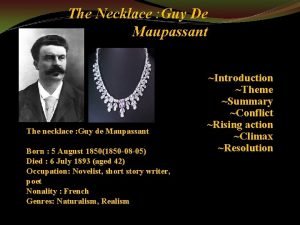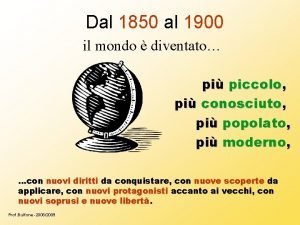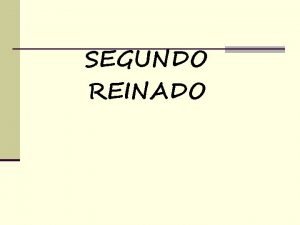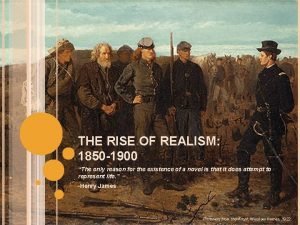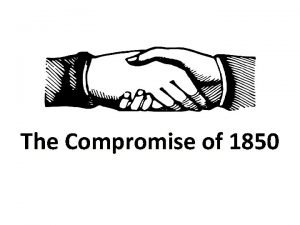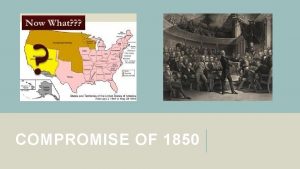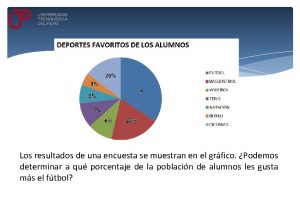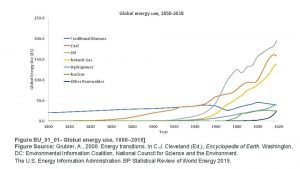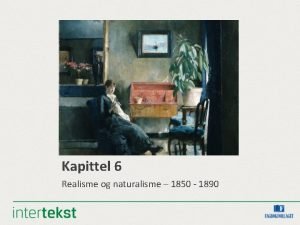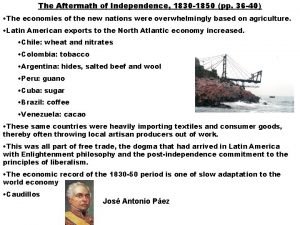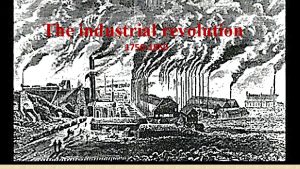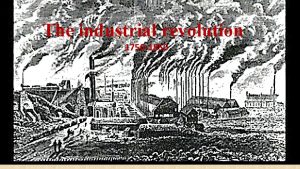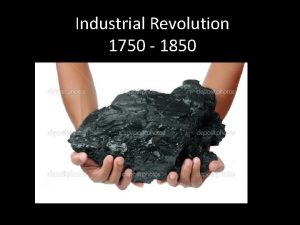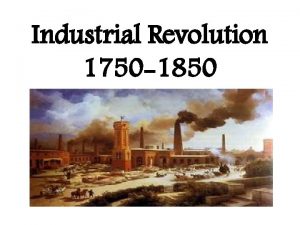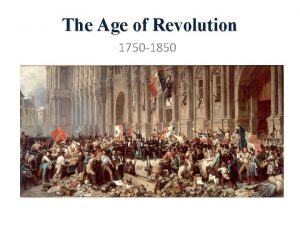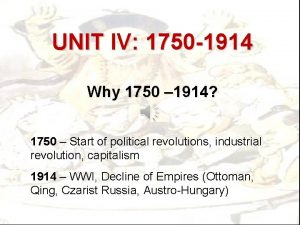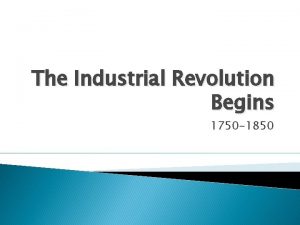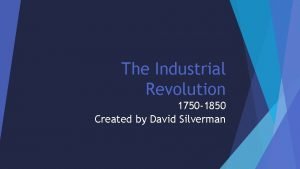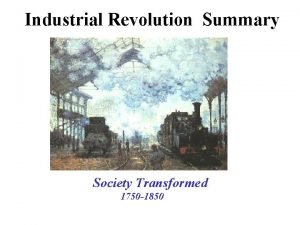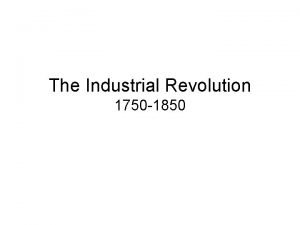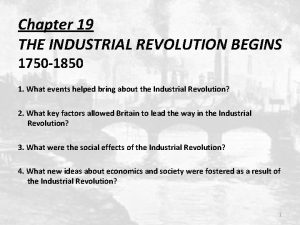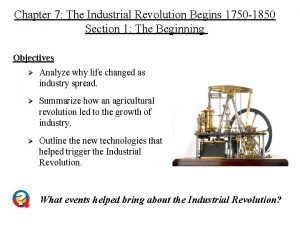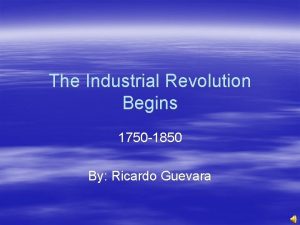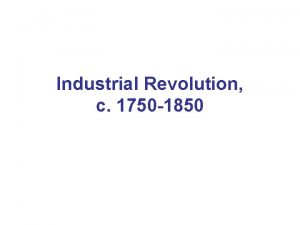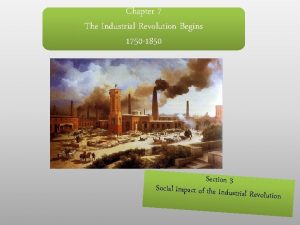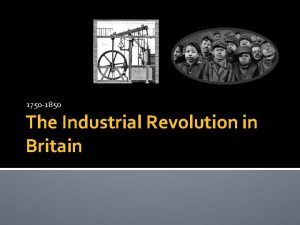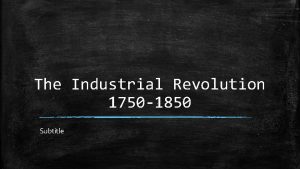The Age of Revolution 1750 1850 The Age





















- Slides: 21

The Age of Revolution 1750 -1850 • The Age of Revolution (industrial, political, scientific) • The World in 1750 and the World in 1850 • The Industrial Revolution – Why Britain? – The First Phase (Cotton textiles) – Crisis of the 1830 s – Second Phase (Coal, Iron, Railways) – Industrial Revolution and Society


1450 -1650 Europe Asia Middle East Transformation Econ. Polit. End of feudal relations, Expansion State Ottoman Empire Portug. Dutch in SEA

1450 -1650 -1750 Europe To America Africa, Asia Absolutism Mercantilism Middle East Asia -Ottoman Empire -Persian Empire Ming to Qing Portug, Dutch in SEA Mughal

WORLD ECONOMIES COMPARED 1500 -1775


The Age of Revolution (1750 -1850) • Economy (Industrial Revolution) Individual’s ability to apply scientific thinking to production, and the creation of a society based on modern industry • Politics (American, French Revolutions; Revolutions of 1848) Individual’s right to challenge the old order, and claim his political rights and popular sovereignty • Science (Enlightenment) Individual’s ability to understand control nature.

World in 1750 and in 1850 Second half of the 18 th. c Second half of the 19 th. c • Limited transportation • Rural • Trade and merchants dominate • Natural sources of energy • New methods of transportation • Industry dominates trade and agriculture • Nature harnessed

The Age of Revolution 1750 -1850 • The Age of Revolution (industrial, political, scientific) • The World in 1750 and the World in 1850 • The Industrial Revolution – Why Britain? – The First Phase (Cotton textiles) – Crisis of the 1830 s – Second Phase (Coal, Iron, Railways) – Industrial Revolution and Society

Why Britain? • • Agricultural background Supportive state Expansion of trade (mercantilism) Suitable institutions Suitable infrastructure Overseas victories Cultural environment Seeds of early industries (cotton textiles, coal, iron, railroads)

Stages in the Mechanization of Textile Industry in Britain • Separating the seeds from the fibers – 1793: Eli Whitney’s mechanical gin • Spinning – 1764 Spinning jenny (no mechanical power) – 1775 Richard Arkwright: Water powered spinning machine – 1780 Steam powered mule (finer threads) • Weaving – 1785 Edmund Cartwright (power loom) • Printing and dyeing – 1772 -1780 s pullers

Spinning jenny (1764) Power loom (1785) Water mule (1775) Steam mule (1780) Early factory

Raw Cotton Imports to Britain 1785: 11 m lbs 1850: 588 m lbs Output of Cloth 1785: 40 m yards 1850: 2, 025 m yards Cotton Cloth Imports to India • 1820 11 m yards • 1840 145 m yards

Ceiling fresco in East India Company headquarters by Spiridione Roma

From textiles to coal to iron to railroads • • • Coal as source of heat Coal used to separate iron Railroads built to carry coals Coal used to power locomotives Railroads expanded and became a an area of investment • Railroads increase demand for coal and iron


• Population of Europe 1750: 100 million 1900: 400 million • Population of Britain 1750: 7. 4 million 1850: 20. 6 million • Population of Manchester 1801: 77, 000 1850: 303, 000 • Population Liverpool 1801: 82, 000 1850: 397, 000




Robert Owen’s Ideal Village
 The death of marat medium
The death of marat medium Apotheosis of homer neoclassical
Apotheosis of homer neoclassical Stone age, bronze age iron age timeline
Stone age, bronze age iron age timeline Iron age bronze age stone age timeline
Iron age bronze age stone age timeline Russian revolution vs french revolution
Russian revolution vs french revolution Did american revolution cause french revolution
Did american revolution cause french revolution Third agricultural revolution
Third agricultural revolution Realism 1850 to 1900
Realism 1850 to 1900 Nashville convention 1850
Nashville convention 1850 Summary about the necklace
Summary about the necklace Scoperte scientifiche dal 1850 al 1900
Scoperte scientifiche dal 1850 al 1900 Lei de terras 1850
Lei de terras 1850 Compromise of 1850
Compromise of 1850 Realism 1850 to 1900
Realism 1850 to 1900 Climax of the story the necklace
Climax of the story the necklace Compromise of 1850
Compromise of 1850 Who created the compromise of 1850? *
Who created the compromise of 1850? * Dos depositos contienen 2587 y 1850
Dos depositos contienen 2587 y 1850 1850+250
1850+250 Trekk fra realismen
Trekk fra realismen The necklace by guy de maupassant plot
The necklace by guy de maupassant plot 1850*36
1850*36







